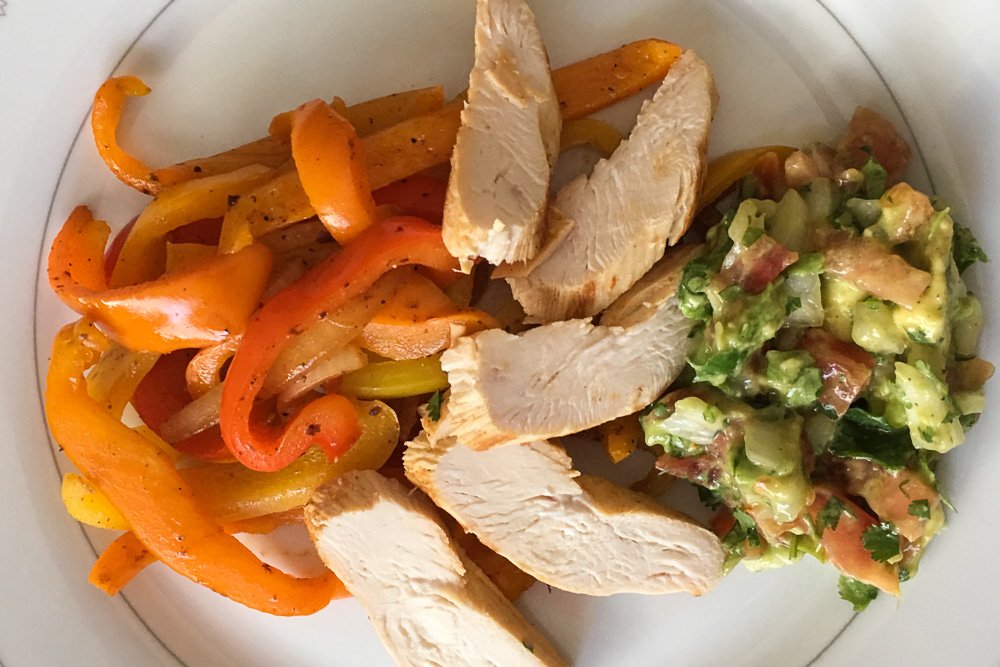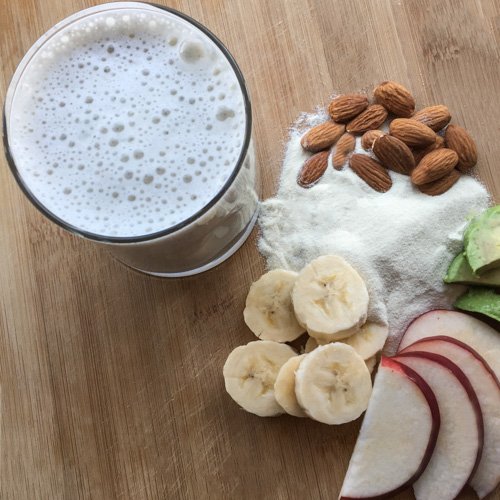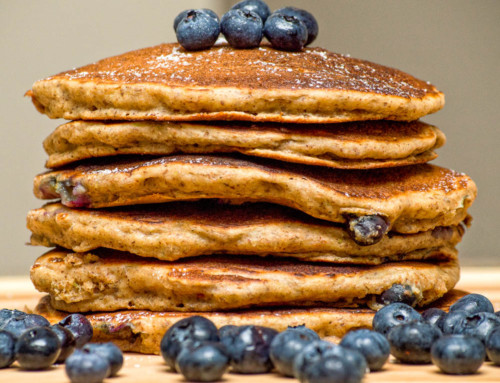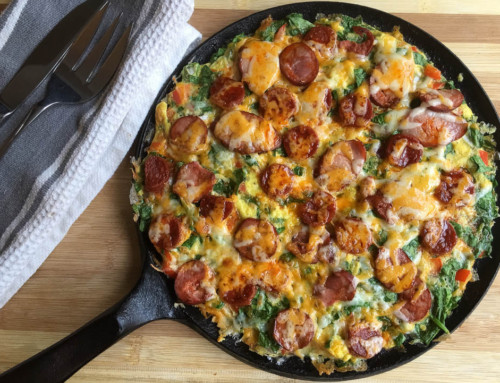Wether you’re a student, working full-time, and/or a parent, busy in this modern day life is hard to escape. Most of us get weekends off, but they are often packed with numerous household, personal and other type of tasks filling up daily schedules. Often we begin our day feeling rushed and tired due to lack of proper sleep, or bloated from a heavy meal the night before. The morning hustle is unique, as we engage ritual autopilot in order to get ready for the day, exit the house on time while trying to wake-up. Commute to work prolongs the tired state with negative or conflict driven radio reports, as we sip the strong coffee loaded with sugar for the well needed boost.
At our place of business, the bustle surges quickly with tasks filled with innovative strategies, extensive analysis, and short deadlines. Productivity correlates effort expanding many calories as the result.
After the work day, the work itself does not stop but only changes shape. The busy schedule goes well into the evening hours including household, family and/or personal matters. Responsibilities such as cooking dinner, cleaning, helping kids with homework or driving them to activities, going to the gym, evening class or attending an event, all consume time and energy. Feeling fatigued and running on empty, we’re faced with the reality that busy isn’t going away, as tomorrow morning re-sets this fast pace cycle once more.
So, what do we do in order to stay on par with this reality of a busy lifestyle?
 One effective method to improve energy levels and decrease fatigue is through proper nutrition. Food is fuel that is at the core of not only our survival but also performance. The common misconception with the term performance is that we either start eating like professional marathon runners, chewing down on protein bars all day long; or to adopt physique model diets and avoiding any carbs in site.
One effective method to improve energy levels and decrease fatigue is through proper nutrition. Food is fuel that is at the core of not only our survival but also performance. The common misconception with the term performance is that we either start eating like professional marathon runners, chewing down on protein bars all day long; or to adopt physique model diets and avoiding any carbs in site.
Performance food should be as individual as you. If you are not running a marathon and simply trying to sustain adequate energy for the afternoon meeting, your meal choices should reflect this schedule. Eating an empty calorie “energy” or chocolate bar will not provide desired effect, delivering quick boost followed by a quicker crash. Such treats generate high insulin response due to fast absorption of simple sugars into blood stream. This period doesn’t last long, as high insulin levels released as a response quickly shuttle majority of this sugar out of blood and into storage reserves, resulting in another energy crash feeling.
As weight loss is often a popular goal, many choose to eliminate or greatly reduce carbohydrates all together. Low carb diets reck havoc on the body as sugars are an important fuel source for many metabolic processes including brain activity, physical activity and body systems recovery and repair. Lack of sleep and constantly feeling hungry further leads to poor choices, as we’re focused on putting anything fatty, sugary or salty inside the stomach to satisfy powerful food cravings. The predicaments of energy bars and low carb diets will be discussed in future posts and they are beyond the scope of this article.
Here, we will focus on the core of fit food for a busy lifestyle—which lies in nutrient-rich, quick and easy meal preparation. Food should not be an energy and time consuming monster, but rather a set-it and forget-it endeavour. It also needs to taste great due to hereditary preference for sweet, salty and fatty calories. You can learn more about our philosophy on palate cleansing method in The No-Diet Book. Furthermore, food needs to be filled with Micros and Macros as described in Calories: Energy vs. Nutrients.
Start the day with Whole Foods
Fit food method starts with eating more whole foods throughout the day. These include: fruits, vegetables, grains like rice and whole wheat, pulses including beans and lentils, complete protein from whole meats and diary, along with fats found in nuts and seeds.
Whole foods provide all the necessary macros like fats, carbs and protein needed to repair and rebuild the damage done by day’s fatigue. They are also high in micronutrients like vitamins and minerals needed to run many of the enzymatic reactions. Most enzymes are activated by certain vitamins, such as vitamin A and D, which further exhibit hormone like functions. Minerals are essential for proteins to take shape and do their work. Iron in particular is important in the fight against fatigue, by binding oxygen to red blood cells.
Quick and Easy way to do this:
Start your day with a piece of fruit like an apple or banana, adding it to breakfast oatmeal or whole grain cereal. Chopping a few walnuts into this breakfast bowl or grabbing a handful as a side further increases this meal’s nutritional profile. You begin your day with energy lasting meal containing fiber filled grains, vitamin and mineral filled fruit, protein and essential fat filled nuts.
Drink more water during the day
Water is the basis of every single reaction taking place in our body. From digesting food to building hormones, all take place in a water medium. Up to 60% of our body weight is water, as it’s found in our tissues, bones and blood. We also lose water regularly through breathing, sweating, and going to the bathroom. Diet, especially consuming foods that are naturally diuretic increase urination and overall water loss. Products such as tea, coffee, and alcohol contain diuretic properties and can increase water loss. The human body on average loses 2-3 litres of water a day but, depending on personal physical activity level and environment this number can significantly increase.
More then just replenishing lost water, drink it to increase stomach volume. So, if you are eating a meal, be sure to drink a large glass of water alongside. This has the following benefits:
- If you are drinking water, you are less likely to be drinking soda or juice to wash your food down.
- Drinking water along with food fills up the stomach by volume. Thereby, signals feedback mechanism in the brain to terminate the meal, as the stomach fills up.
- Consuming sugar sweet beverages (SSB)—juice or soda—with a meal greatly increases overall caloric amount prior to turning off the satiety signals in the brain.
Quick and Easy way to do this:
- Start and end your day with a glass of water. When you wake up, first thing is to drink at least 8oz glass of water either cold or room temperature. This glass of water on empty stomach initiates a number of internal processes increasing overall metabolism.
- Before and during a meal drink another 8oz glass of water.
- Enjoy a calorie free tea, flavoured with mint or lemon after the meal. The tea decreases chances of reaching for dessert and once again, helps to increase stomach volume.
Drink at least 1 Smoothie a day
A smoothie done right provides two fold benefits—uses whole foods and improves water consumption. The base liquid for the smoothie should always be water, over sugar liquids such as juice or coconut water.
 Basic recipe for the perfect Fit Food Smoothie:
Basic recipe for the perfect Fit Food Smoothie:
- piece of fruit – apple, banana or berries
- choose a healthy fat – nuts, seeds or avocado
- at least 1 vegetable – baby spinach has virtually no taste and works in almost any combination, or try a sweet carrot, celery is also a good option (and gradually work in some kale).
- protein – although you will get protein from the healthy fats, you can add in some tofu or protein powder.
- water – to provide a smooth consistency.
Enjoy right away, as often these smoothies are fiber rich and thicken up fast.
Quick and Easy way to do this:
Have a daily scheduled smoothie time — for our household it’s around 4:30pm. Make it a family affair by sitting down and drinking smoothie with the kids. The sit-down smoothie builds great nutritional habits as children often emulate adults, and more likely to continue drinking a “green” based mixture. Also, introducing different vegetables in liquid combination further expands food variety and nutritional profile of each family member. The smoothie process is fairly fast but can be further improved by prepping desired ingredients in ziplock bags and storing them in the freezer. Simply place one inside the blender and add water.
Meals as Set-it and Forget-it
Have an idea of what’s for dinner. Leave the house with already set-up or completed meal prep. At our household, we often soak beans or lentils the night prior and start the slow cooker before heading out for the day.
Use the oven option for cooking, by having casserole or meals ready to go. After returning home, place these protein based foods in the oven while attending to other tasks around the house.
Quick and Easy way to do this:
Have an easy slow cooker soup recipe and make it at least once a week. Be sure to make extra, as leftovers carry well over to lunch options for the next day.
Final Thoughts
Fit food doesn’t have to be complicated, or come in jars or take-out bags. Fit food is about making good, healthy choices on a regular basis. As days turn to weeks, these nutrition based options generate good eating habits improving personal health and quality of life. The tips discussed in this article serve as strong platform to start the journey towards Stronger Leaner Faster Self.
Consistency is the ultimate ingredient within this process. Will power needs to be practiced as we often feel the strongest early in the day. Begin to maximize your potential with whole foods filled breakfast. Stay well hydrated throughout the day. Avoid unscheduled treats after work by pre-planning a smoothie session. End the day with stress free meals that were prepped the day before and cook themselves.
We hope you liked this simple but effective fit food plan to fit your lifestyle—please SHARE this post. For more Fit Food Tips and a 5-week training program be sure to get our FREE Sweater Weather Body ebook.





